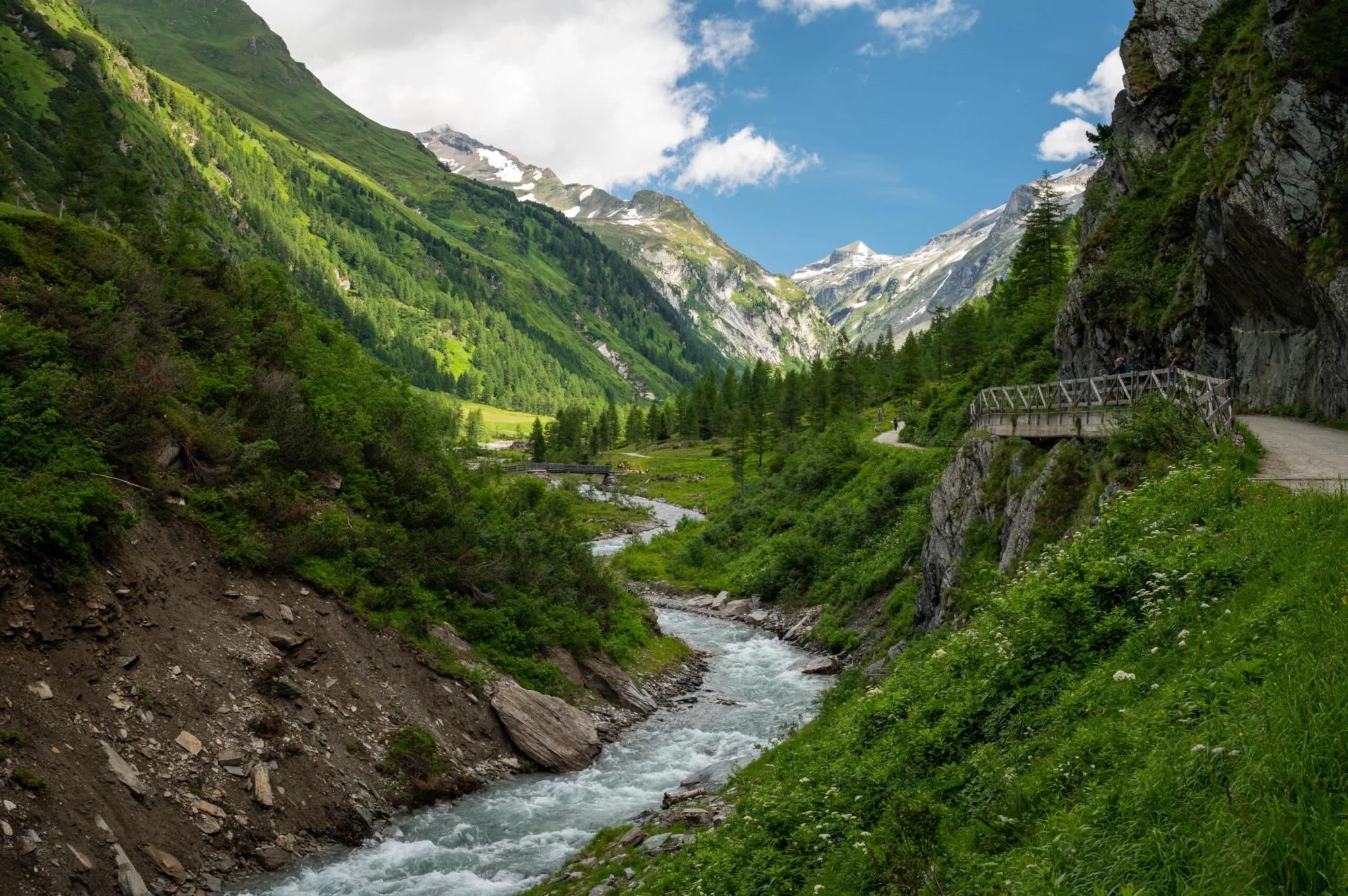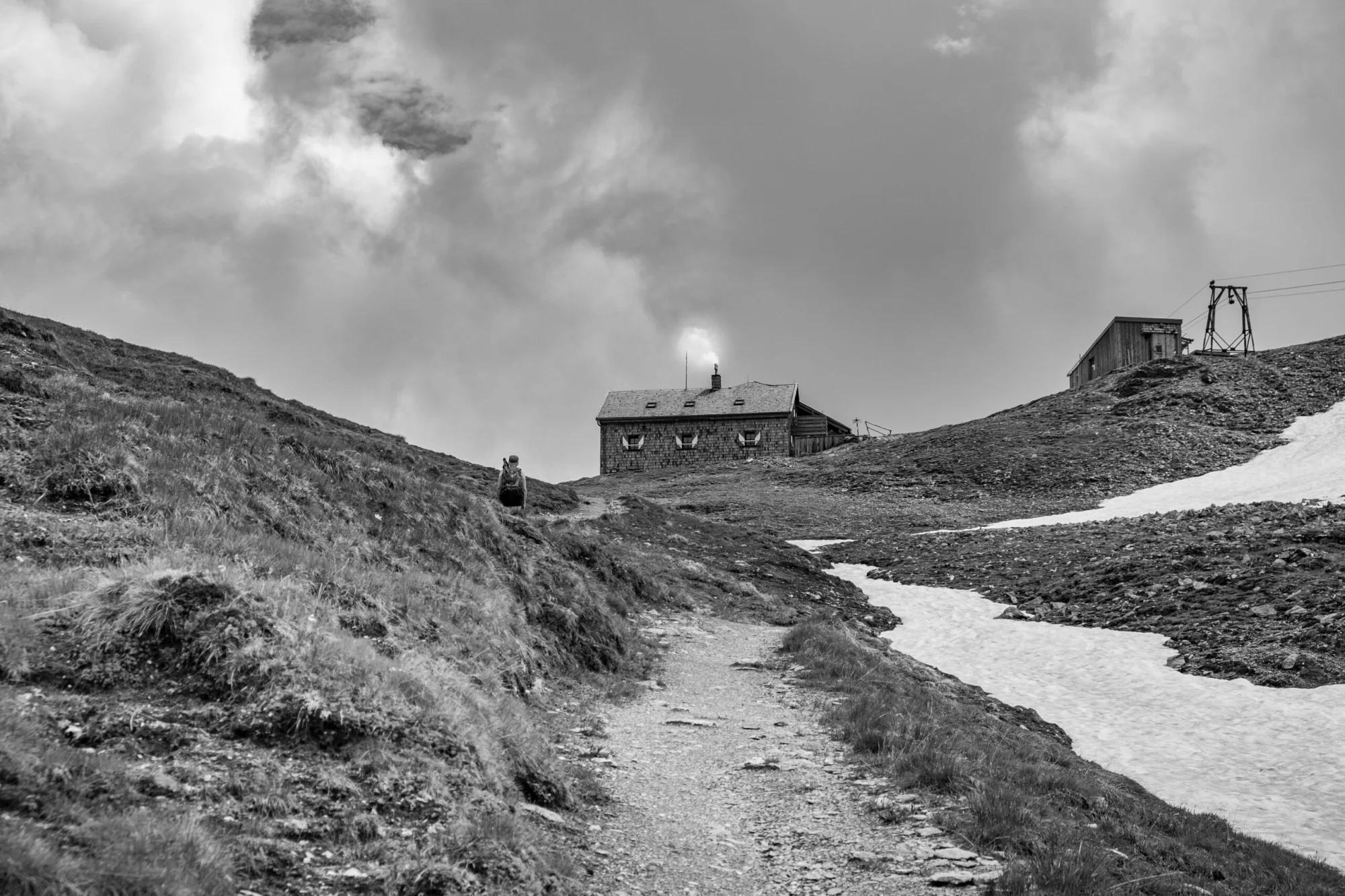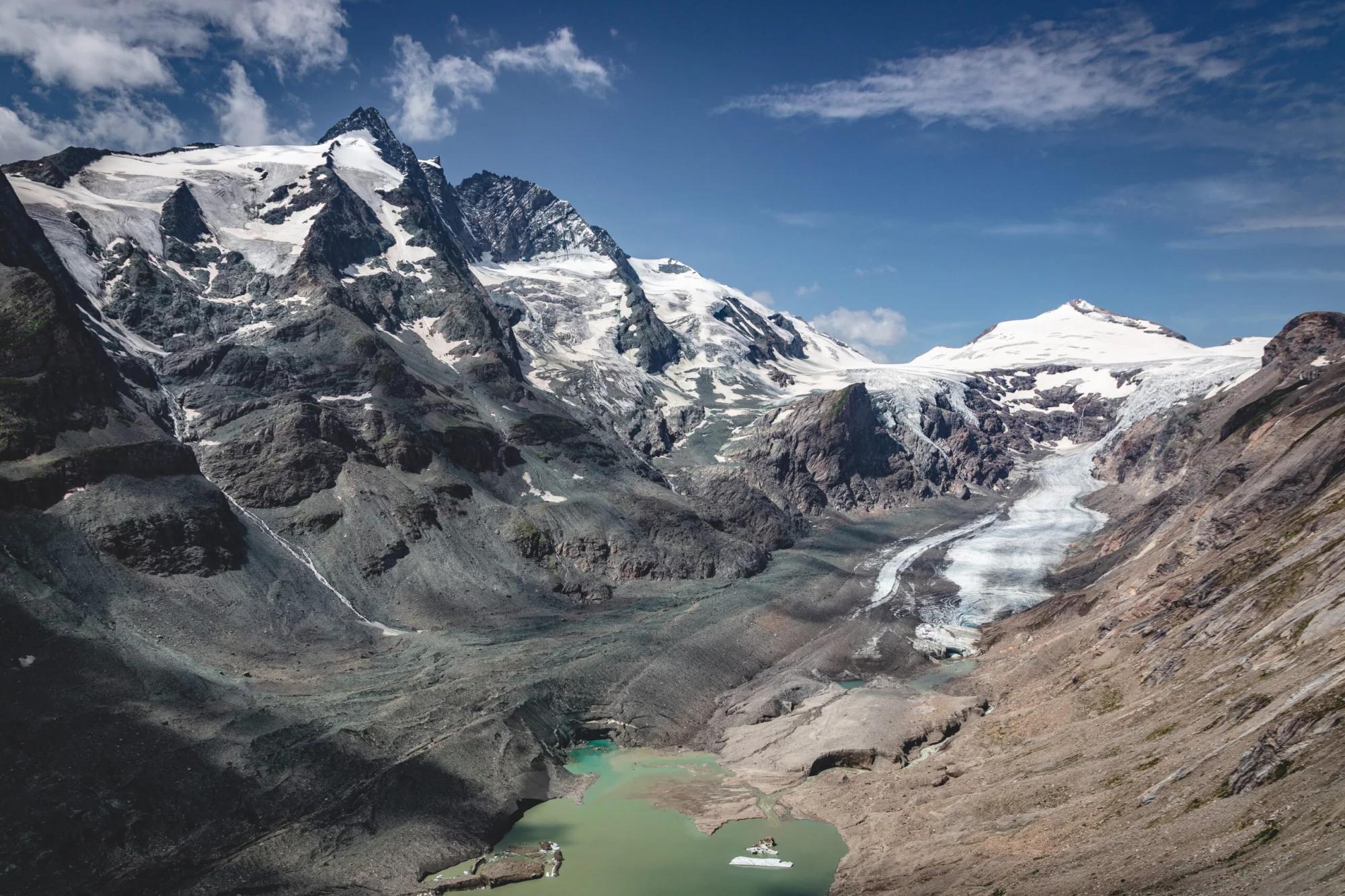13 km and 980 m of elevation gain / 700 m of elevation loss
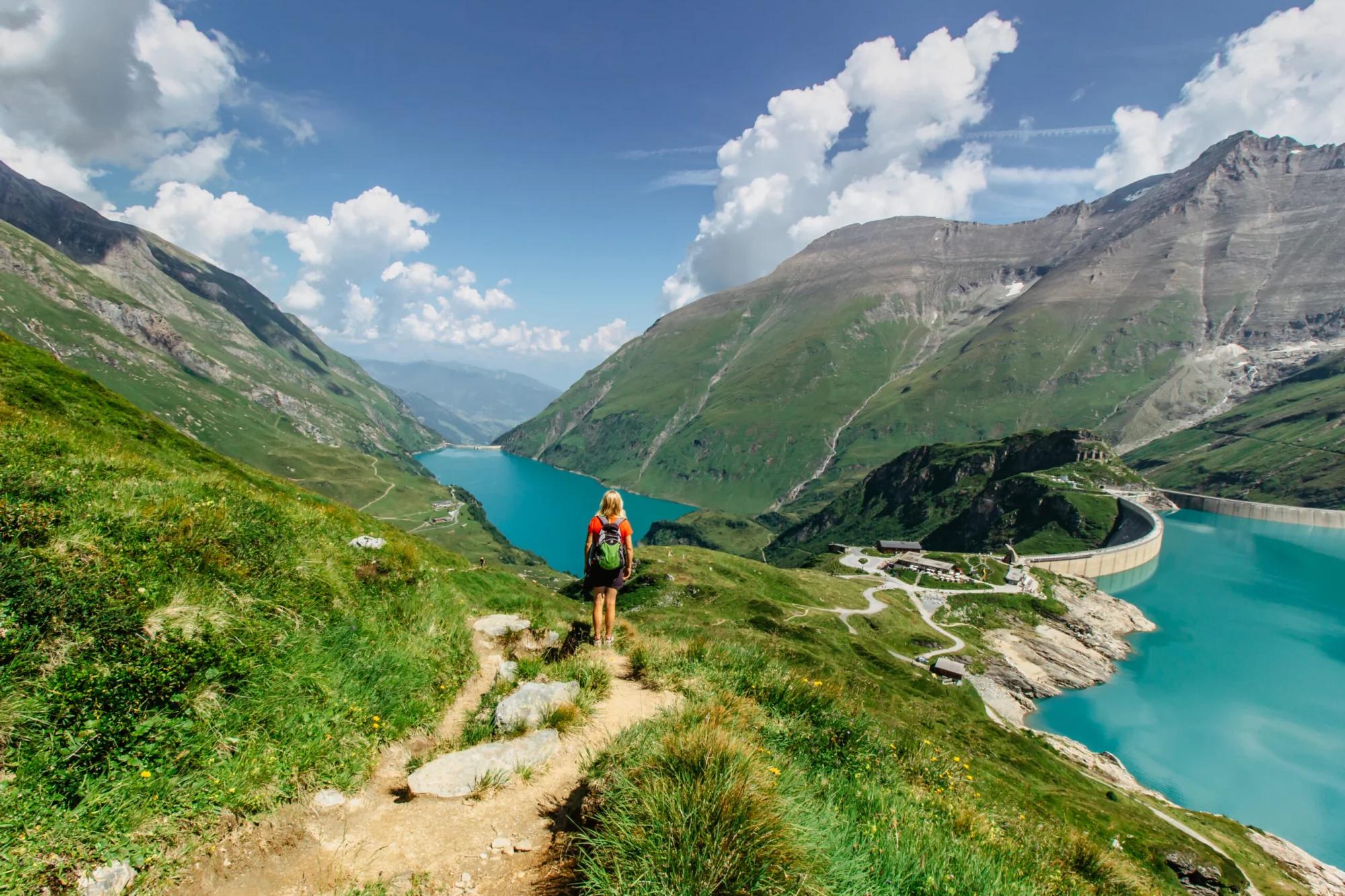
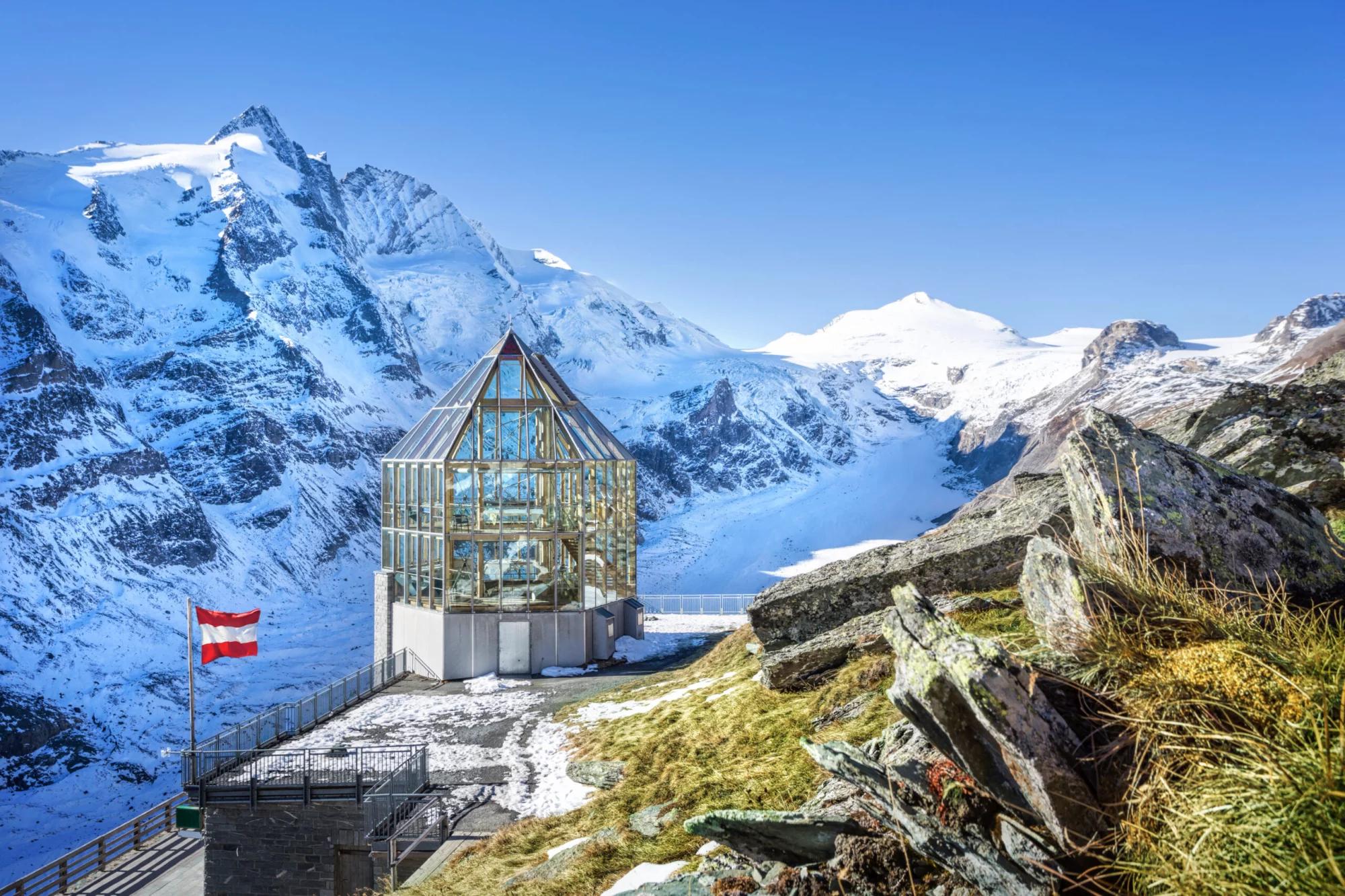
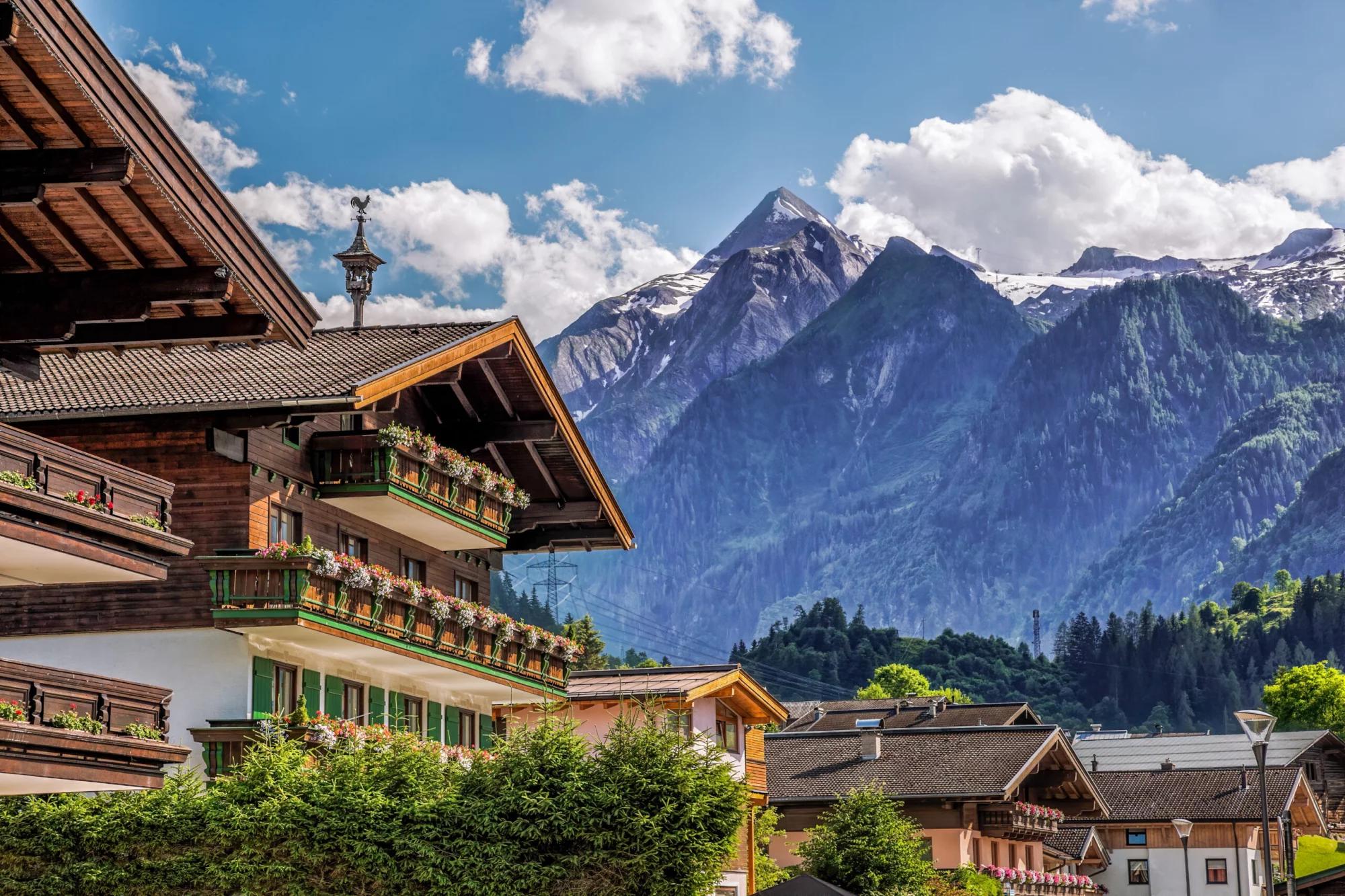

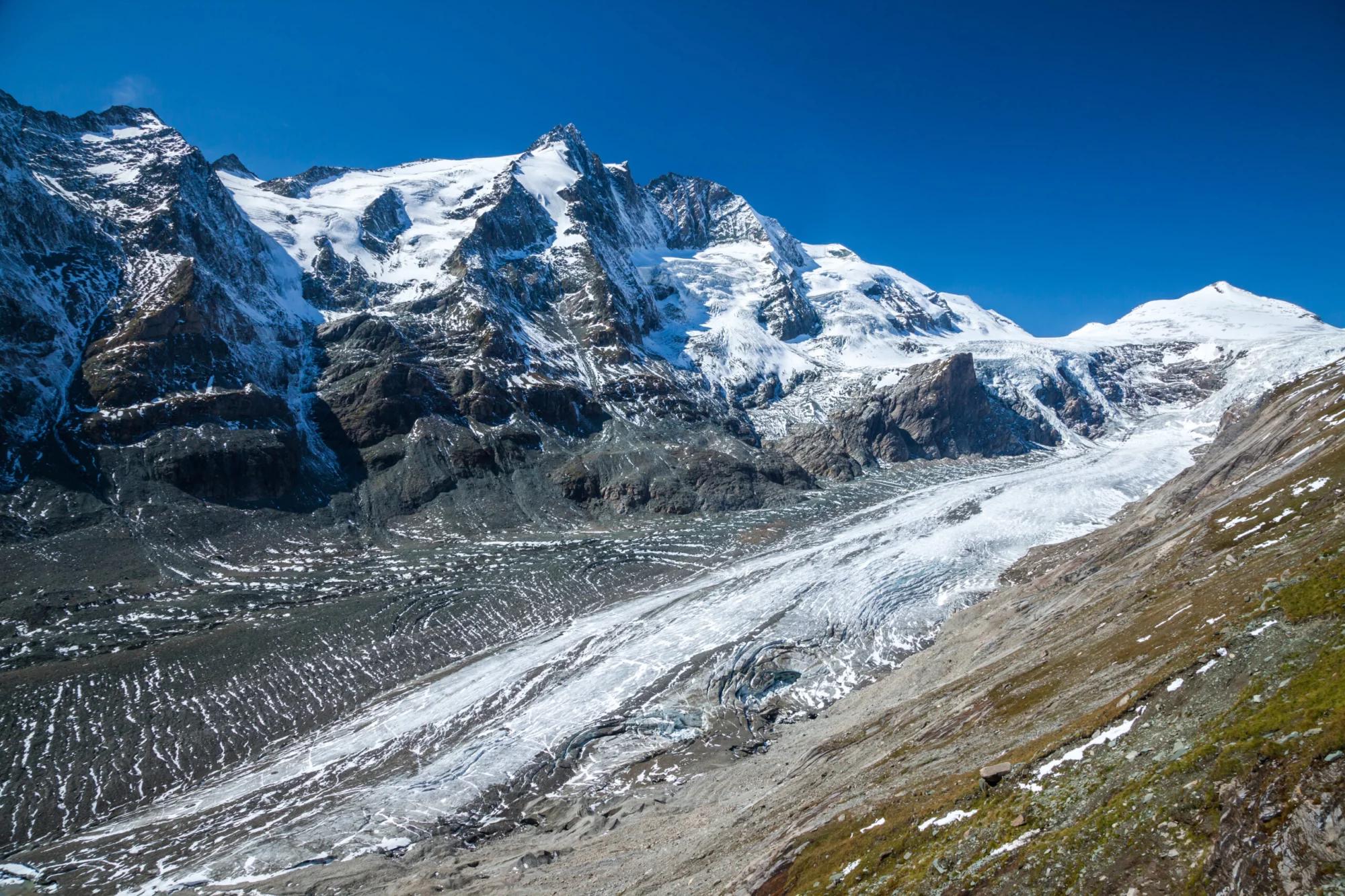
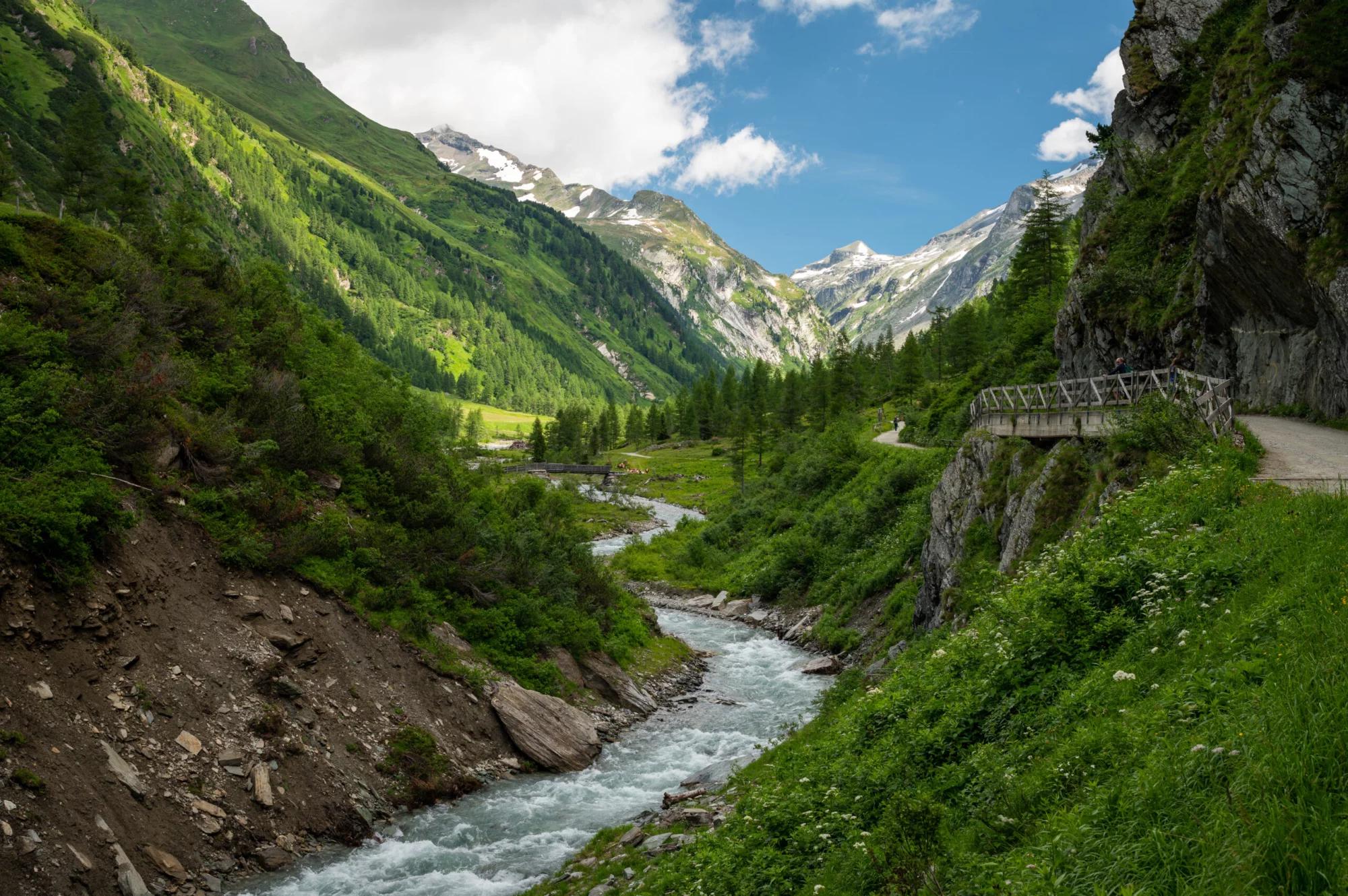

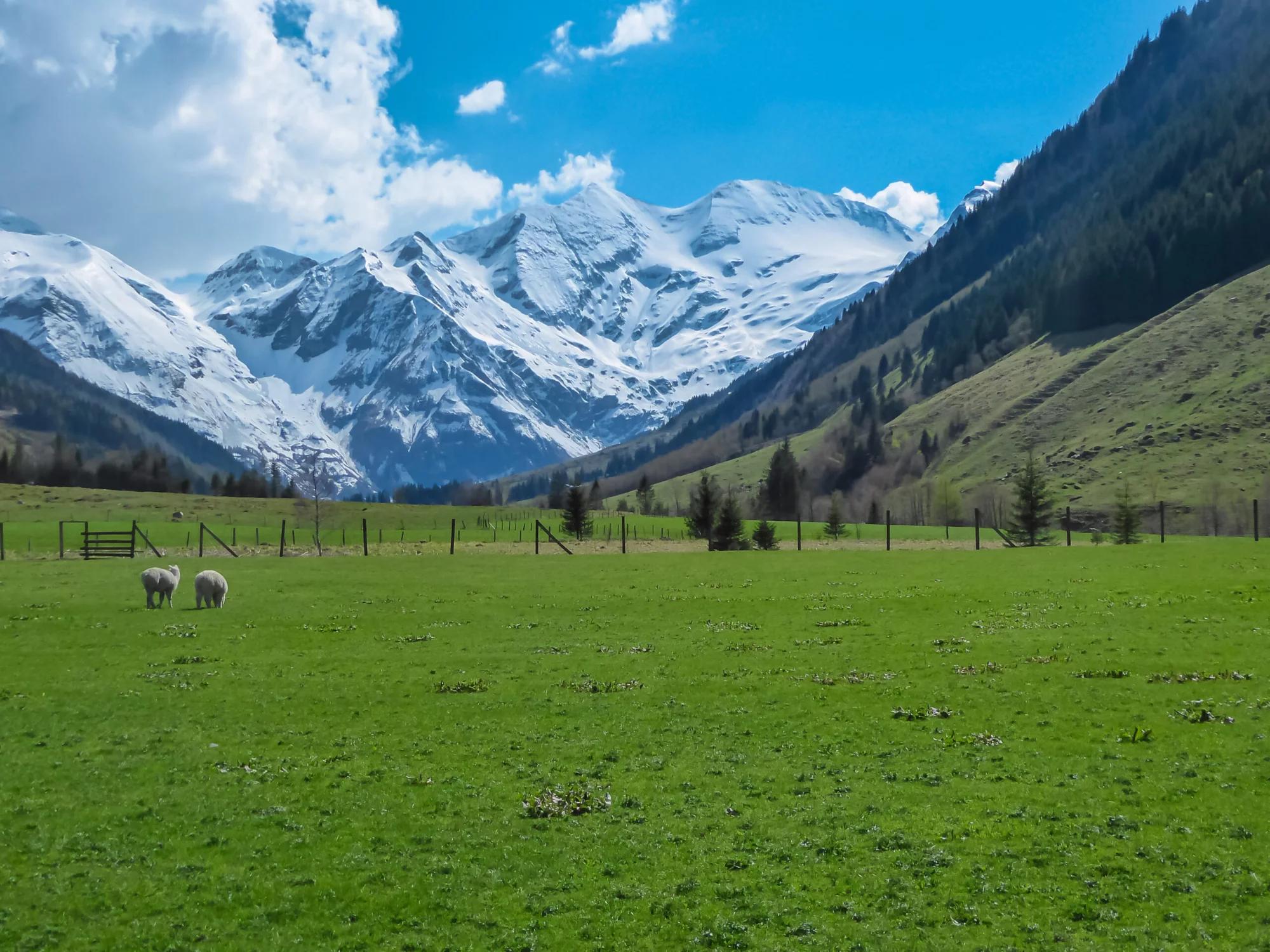




The Glockner Trail
7 days / 6 nights
|
Starting point
Kaprun
Finish point
Kaprun
Season
From June to September
Technical level
3/5
Fitness level
3/5
Tour type
Hut-to-Hut
Starting point
Kaprun
Finish point
Kaprun
Season
From June to September
Technical level
3/5
Fitness level
3/5
Tour type
Hut-to-Hut
Highlights
- Marvel at the Pasterze Glacier, the country's largest glacier
- Circle around the iconic Grossglockner, Austria's highest summit
- Journey through the heart of Hohe Tauern National Park, Austria's oldest
- Traverse paths that reveal the earth's ancient story, from dramatic gorges to the remnants of the last Ice Age
- Encounter authentic mountain huts along your journey, offering a taste of the local lifestyle and hospitality
- Experience the unique flora and fauna of the Austrian Alps
Itinerary of the trip
FREE ITINERARY
Get Your Travel Itinerary
Loved the itinerary? Enter your email below, and we'll send a copy straight to your inbox.
What’s included in the price?
Self-guided
NOT INCLUDED
OPTIONAL EXTRAS
What to bring to the tour
- Hiking shoes/boots
- 25 to 45-liter backpack
- Base layer
- Sports T-shirts
- Hiking shorts
- Hiking water-repellent pants
- Waterproof jacket
- Midlayer
- Sports socks and underwear
- Leisurewear for evenings
- Down jacket
- Gloves
- Shade hat/cap
- Warm headwear
- Sunscreen
- Sunglasses
- Headlamp
- Hiking poles
- ID card or passport
- Snacks
- Cash
- Water bottles or hydration pack
- Sleeping liner
- Toiletries
- Toilet paper
- Small first aid kit
Discover the untouched beauty of the Austrian Alps, where each day unveils new vistas and challenges. From the serene waters of the Mooserboden Reservoir to the rugged beauty of the Grabenschlucht gorge, the Glockner Trail offers a diverse palette of landscapes.
The Glockner Trail, set in the heart of the Hohe Tauern National Park, offers a captivating seven-day hike around Austria's highest peak, the Grossglockner.
This trail is a treasure trove of alpine wonders, from the Pasterze Glacier, Austria's largest glacier, and high alpine peaks to verdant pastures cultivated by mountain farmers for centuries.
As an immersive experience into the heart of Austria's oldest national park, the trail is a sanctuary for rare flora and fauna. Golden eagles, bearded vultures, ibex, and chamois are just some of the wildlife that may grace your journey.
The journey is punctuated by stays in traditional alpine huts, where the charm of rustic living meets the warmth of Tyrolean hospitality.
The trail's finale brings you close to the awe-inspiring Grossglockner, standing tall as a symbol of alpine majesty.
On the Glockner Trail, our role is to ensure your journey is as breathtaking as the landscapes you'll traverse. We take care of all the essentials: from booking your stays in charming alpine huts to providing a personalized travel booklet filled with detailed tour information.
Navigate with ease using our user-friendly GPS app, and rest assured with our round-the-clock support ready to assist you every step of the way.
With these comprehensive services, we're dedicated to enriching your experience, allowing you to immerse yourself fully in the wonders of the Austrian Alps.
Frequently Asked Questions
Ratings & Reviews

5.0 average rating

We had a lovely hike today with our guide Klemen. He personalized the tour on our needs and interests, so that we saw places we wouldn't without his experience. The hike was a little bit slippery after the rain from the last days and it went a lot upwards, but it was totally worth it! Thanks again :)


Our 3 day hike had to be rearranged 2/2 weather, so a one day hike was arranged for us. We appreciated the concern about weather and conditions. Our hike was with Matevz, who was a great guide. Very helpful and knowledgable. Would definitely recommend and will be back for a longer hike one day!
We had a lovely hike today with our guide Klemen. He personalized the tour on our needs and interests, so that we saw places we wouldn't without his experience. The hike was a little bit slippery after the rain from the last days and it went a lot upwards, but it was totally worth it! Thanks again :)


Our 3 day hike had to be rearranged 2/2 weather, so a one day hike was arranged for us. We appreciated the concern about weather and conditions. Our hike was with Matevz, who was a great guide. Very helpful and knowledgable. Would definitely recommend and will be back for a longer hike one day!
All available guidance options
Self-guided
Are you looking for a good adventure and limitless flexibility? Then you should try out a self-guided tour, perfect for independent explorers who want to set their own pace. Without the need to stick to a group schedule, you’re free to linger at scenic viewpoints while the logistics are taken care of in advance.
.svg)
VALUE YOUR TIME
With everything on your plate, let us handle the vacation planning, so your valuable time stays exactly where you need it.
.svg)
TRIED & TESTED ADVENTURES
Only the best hut to hut hikes of Austria, cherry-picked by our local team with an in-depth knowledge of the region.
TRUSTED BY MANY
We are a financially protected company operating since 2014, and with thousands of satisfied customers in the past, we still put you first.

SELF-GUIDED TRAVEL
Explore independently and with confidence while we keep everything running from behind the scenes.
.svg)
OUTDOOR SPECIALISTS
We are a team of outdoor specialists equipped with the knowledge and insight to bring you the best hiking experiences.









